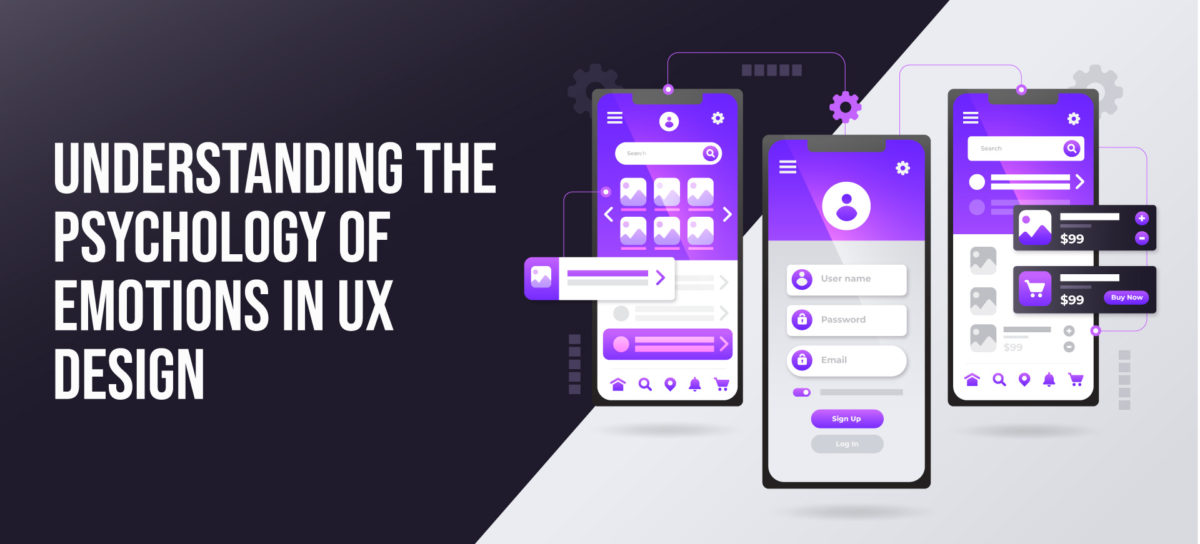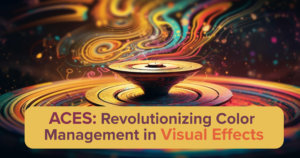Understanding the Psychology of Emotions in UX Design: Creating User-Centric Experiences

Human emotions are a fundamental aspect of how individuals perceive and interact with the world around them. In the realm of digital interfaces, emotions wield considerable power in influencing user behavior and decision-making processes. This blog explores the intricate relationship between human emotions and UX design, shedding light on how emotions impact user experiences and how designers can harness this knowledge to create more user-centric designs.
The Role of Emotions in UX Design
Emotions are integral to our decision-making processes, and they heavily influence our perceptions, preferences, and actions. In the context of UX design, understanding the psychology of emotions allows designers to create interfaces that evoke specific emotional responses, enhancing user engagement and satisfaction.
Types of Emotions and their Impact
Positive Emotions: Joy, delight, trust, and excitement are emotions that, when triggered, create a positive user experience. Design elements like vibrant colors, intuitive interactions, and delightful animations can evoke these emotions, leading to increased user satisfaction and loyalty.
Negative Emotions: Frustration, confusion, or annoyance can arise from poor UX design choices. Complex navigation, unclear instructions, or slow loading times can trigger negative emotions, resulting in user dissatisfaction and abandonment of the product.
Neutral Emotions: Sometimes, a neutral emotional state might be appropriate, especially in certain professional or informational contexts where the goal is to maintain a calm and focused user experience without invoking extreme emotions.
Designing for Emotional Responses
Designers can strategically employ various elements to evoke desired emotional responses:
Color Psychology: Colors can evoke specific emotions. For instance, warm colors like red and orange may evoke excitement, while blue and green might create a sense of calmness or trust.
Typography and Imagery: Font styles, sizes, and imagery contribute to the emotional tone of a design. Serif fonts might convey tradition or formality, while playful imagery can evoke a sense of fun and joy.
Animations and Micro interactions: Well-crafted animations and micro interactions can add a layer of delight, guiding users and providing feedback that enhances the overall experience.
Measuring Emotional Responses in UX Design
Various methods such as user surveys, A/B testing, heatmaps, and user testing sessions can help gauge emotional responses to designs. Analyzing user behavior and feedback helps in understanding which design elements evoke which emotions and how they impact user actions.
Conclusion
In conclusion, the psychology of emotions forms a cornerstone in UX design. By understanding the intricacies of human emotions and leveraging this knowledge, designers can create interfaces that not only function well but also resonate emotionally with users. Crafting experiences that evoke positive emotions while minimizing negative ones is key to building user-centric designs that leave a lasting impression and foster strong user engagement. Emotional design is not merely about aesthetics; it’s about creating meaningful connections between users and products, ultimately enhancing the overall user experience.
Similar Articles
-

Blockchain Gaming: Where Fun Meets Decentralization 04-12-2024
Introduction The gaming industry has always been a hotbed of innovatio
-

The Art of Product Design: Creating Timeless Toys 03-19-2024
Crafting Memories, One Toy at a Time: This is a journey of innovation
-

ACES: Revolutionizing Color Management in Visual Effects 02-19-2024
ACES, which stands for the Academy Color Encoding System, is a standar
-

Game Development Tools and IDEs: A Comprehensive Guide 02-15-2024
Game development is a complex and multifaceted process that requires a
